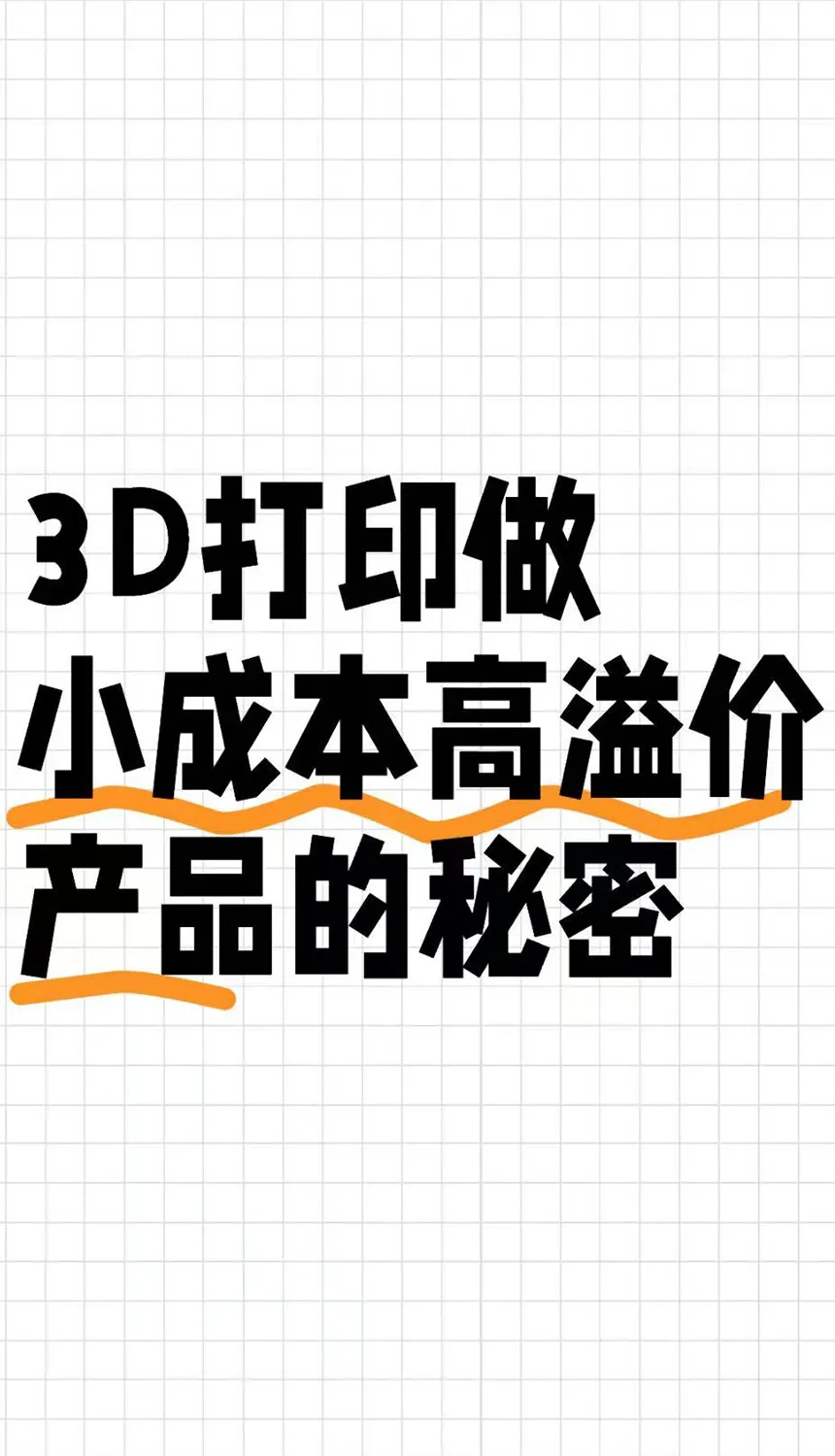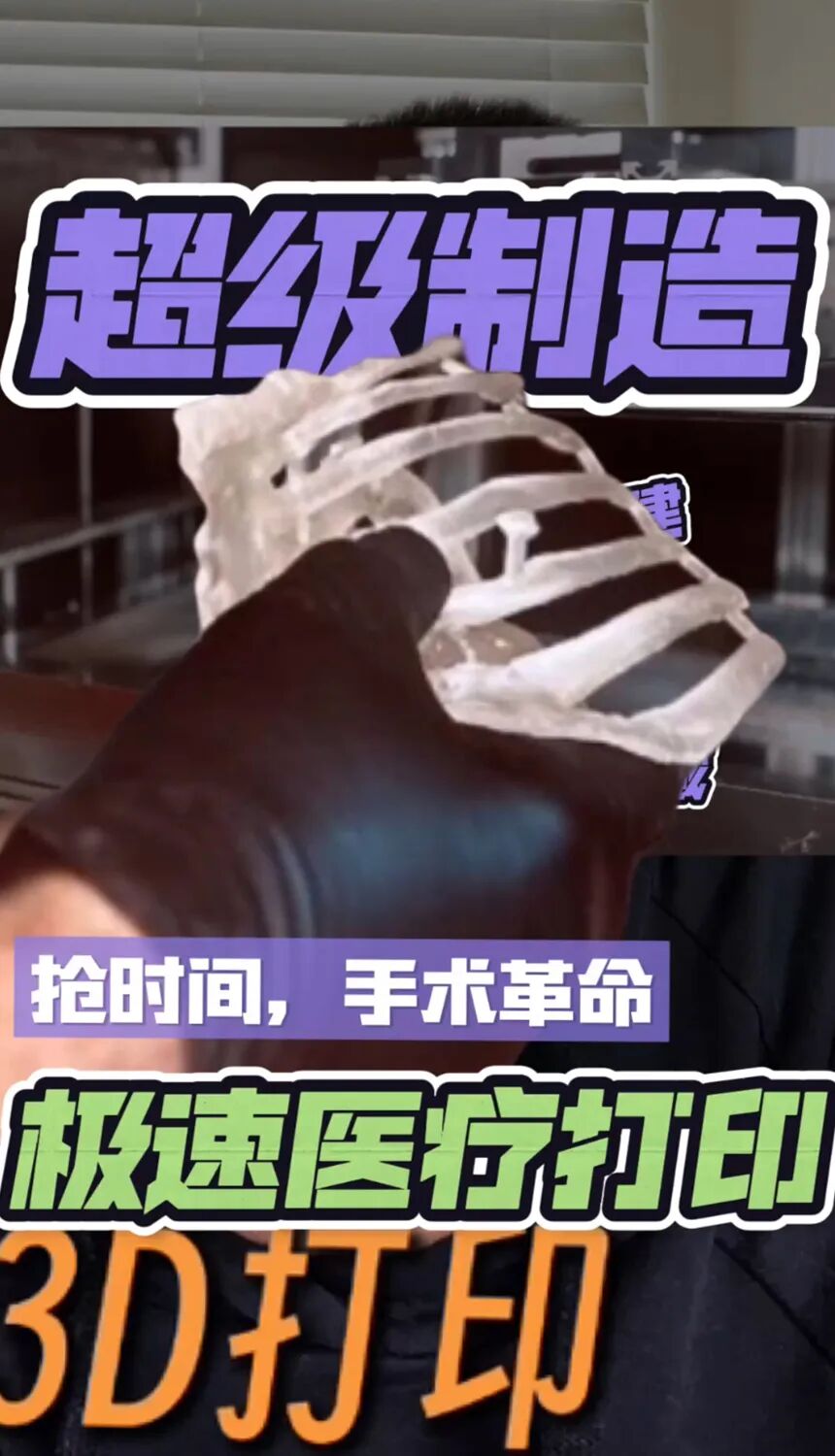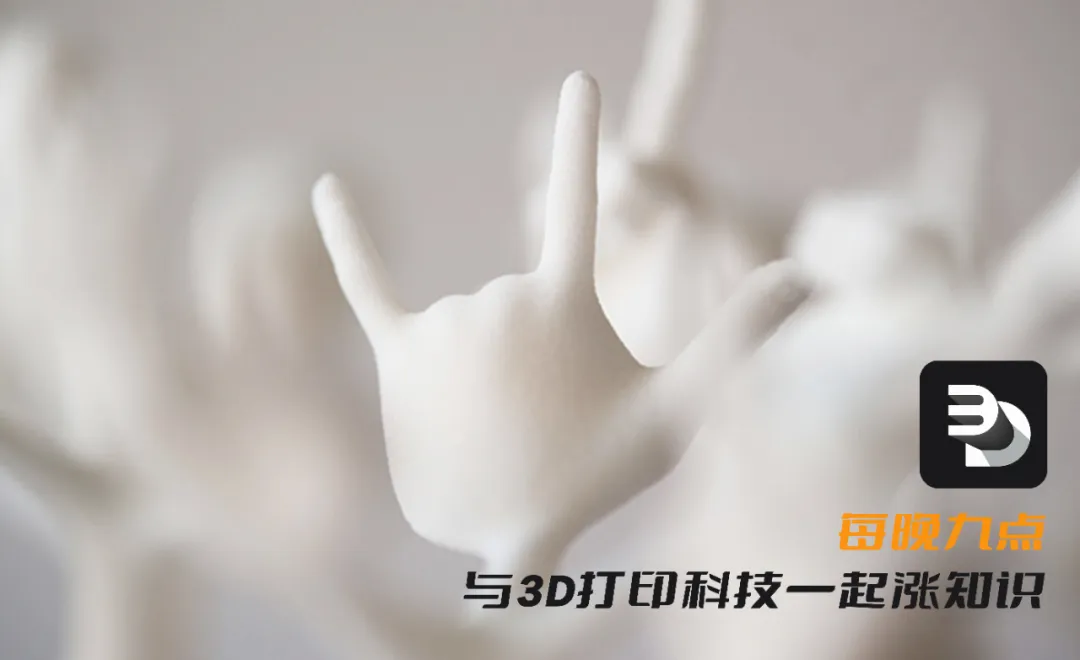Analyzing the pros and cons of additive manufacturing in mass production, the current state of industry applications, and channels for bulk production services.
“Can 3D printing technology be used to manufacture thousands, tens of thousands, or even hundreds of thousands of parts?” More and more manufacturers are beginning to ask this critical question. They are well aware that 3D printing is a fast, economical, and flexible tool for prototyping and small-batch custom parts production, but is this technology suitable for larger-scale production?
Traditionally, it is believed that when the production volume of a single part exceeds 10,000 units, switching to traditional manufacturing methods such as injection molding becomes more economical. In fact, economies of scale often begin to manifest at much lower production volumes. However, in certain special scenarios, additive manufacturing, with its unique advantages, can not only be more cost-effective but also produce parts with better performance and more efficient structures at a faster pace.
The mass production of additive manufacturing is not a new concept, and the well-known case studies detailed below have confirmed its feasibility. Currently, manufacturers choose 3D printing for large-scale production based on three main drivers:
Parts with complex geometries or features that cannot be achieved through other processes.
Batch products that require individual customization.
Temporary production solutions to address delays or pressure from traditional processes.
However, for most manufacturers, 3D printing for mass production still faces economic and technical challenges. This article will delve into the bottlenecks of large-scale additive manufacturing and reveal the current application scenarios, technical pathways, and business logic that successfully achieve tens of thousands of 3D printed products.
Defining Mass Production in 3D Printing: How to Define “Large Scale”?
Before discussing the advantages of additive manufacturing in mass production, it is essential to clarify the definition standards for “production-grade 3D printing.” What is the critical point for transitioning from low-volume to large-scale production—1,000 units, 10,000 units, or even higher? Due to industry and product differences, concepts such as “mass production,” “batch production,” and “high volume” do not have a unified definition.
For example, for high-end watch manufacturers, printing 300 titanium alloy cases is considered a large batch, but for automotive giants, printing 10,000 aluminum brackets is just a drop in the bucket. For the sake of discussion, this article sets the mass production standard at a single production batch of 500-10,000 parts, with the specific threshold depending on the application scenario.
Technical Advantages and Limitations: The Game Theory of 3D Printing for Mass Production
Core Advantages:
Breaking the cost of tooling: Eliminating the need for tooling development required in traditional manufacturing (injection molding tooling costs typically range from $5,000 to $100,000), making it particularly suitable for short-term production or frequently iterated parts.
Freedom of complex structures: Capable of producing lattice structures, integrated components, and topologically optimized forms that traditional processes cannot achieve.
Instant modification response: Design adjustments can be completed within hours, avoiding the weeks-long tooling modification cycle of traditional production lines.
Cost-effective customization: Achieving personalized customization of batch products at the same cost (e.g., medical implants, custom insoles).
Lightweight revolution: Achieving weight reduction of 20-50% through structural optimization, with significant advantages in the aerospace field.
Real Challenges:
Unit cost dilemma: The cost of a single part is 5-100 times higher compared to injection molding (material cost differences can reach 10-100 times).
Production rate bottleneck: Industrial-grade equipment has a daily output of about 1,000-5,000 parts, while traditional production lines can reach 100,000 parts.
Post-processing challenges: Most industrial 3D printers require manual support removal, surface finishing, and other processes.
Material limitations: The variety of available materials is only 1/10 of that in traditional manufacturing, and performance parameters vary.
Quality control complexity: Layered deposition processes lead to anisotropy, necessitating the establishment of a new quality inspection system.
Industry Breakthroughs: Practices in Tens of Thousands of 3D Printed Parts
Adidas Futurecraft 4D Sports Shoes
Technology: Carbon’s DLS (Digital Light Synthesis) technology.
Scale: Mass production of 50,000 pairs in 2018, with midsoles using 3D printed lattice structures.
Breakthrough: Achieving a gradient distribution of dynamic mechanical properties.
HP Multi Jet Fusion Automotive Parts
Application: Custom dashboard components for Volkswagen Transporter models.
Capacity: Single system can produce 5,000-10,000 functional parts per month.
Advantage: Shortening the development cycle by 6 weeks compared to traditional processes.
Align Technology, Leader in Invisible Orthodontics
Product: Invisalign clear aligners.
Output: Daily printing of 320,000 customized dental molds.
Secret: Building an automated factory cluster with over 1,000 industrial printers.
General Electric Aviation Fuel Nozzles
Technology: Electron Beam Melting (EBM).
Results: Integrating 20 traditional components into a single structure, reducing weight by 25%, and achieving mass production of over 30,000 parts.
Mass Production Technology Roadmap
High-Speed Sintering (HSS): Voxeljet equipment achieves a printing rate of 10,000 cm³ per hour.
Multi-Laser Metal Printing: EOS M 300-4 equipped with a four-laser system, increasing stainless steel part capacity by five times.
Modular Printing Farms: Sinterit factory deploying 300 parallel SLS devices, breaking through capacity ceilings.
Continuous Liquid Interface Production (CLIP): Carbon SpeedCell system achieving seven times the speed of traditional SLA.
Decision Matrix: When to Choose 3D Printing for Mass Production?
It is recommended to make decisions through a three-dimensional evaluation model:
Economic critical point: When tooling costs > 30% of total expected revenue.
Complexity assessment: Internal channels > 5 or support structure ratio > 40%.
Customization demand: Products need to achieve > 50% adjustable parameter range.
Future Outlook
With breakthroughs in high-speed sintering technology and a trend of 12% annual reduction in metal printing costs, the economic critical point for 3D printing mass production is expected to rise to the 50,000 unit level by 2025. Boston Consulting Group predicts that by 2030, additive manufacturing will account for 3.5% of global manufacturing output, with 30% coming from mass production applications.
The mass production service network includes major global service providers:
Proto Labs: The largest digital factory in North America, supporting SLS production at the million-unit level.
Shapeways: Industrial-grade nylon parts with monthly production capacity exceeding 250,000 units.
Materialise: Certified factory in the medical field, meeting ISO 13485 standards for mass production.
Huashu High-Tech: A leading provider of metal/nylon mass production services in China.
Currently, 3D printing is transitioning from “capable of doing” to “worth doing” in mass production. Although it has not yet fully replaced traditional processes, it has established an irreplaceable competitive advantage in the fields of complex parts, custom parts, and time-sensitive components. With technological iterations and the emergence of scale effects, the second half of this manufacturing revolution will witness more breakthroughs in tens of thousands of applications.
@ 3D Printing Insights
I am Xu Fanglei, a design professional, PhD, Fellow of the Royal Society of Arts in the UK, focusing on industrial design, additive manufacturing, and business models. Here, I will use my expertise and experience to take you deep into the world of 3D printing, sharing the latest industry trends, interpreting cutting-edge technologies, and discussing business applications.
 END
END








 Welcome to add the editor’s WeChatto learn about the latest trends in the 3D printing industry.
Welcome to add the editor’s WeChatto learn about the latest trends in the 3D printing industry.
 About 3D Printing Technology
About 3D Printing Technology
To timely integrate industry insights, technology trends, application scenarios, competitive strategies, and in-depth dynamics from China, the US, and globally for practitioners in 3D printing and artificial intelligence, providing high-value information. We are passionate about 3D printing and welcome contributors from around the world.